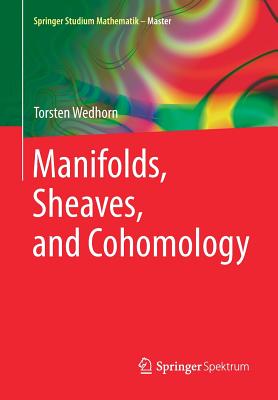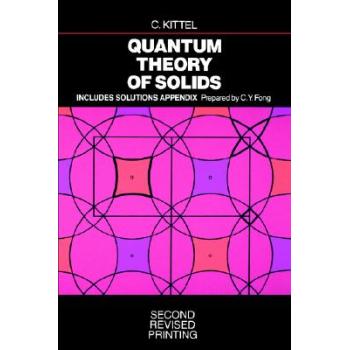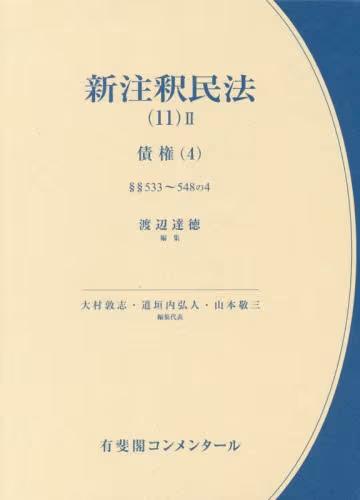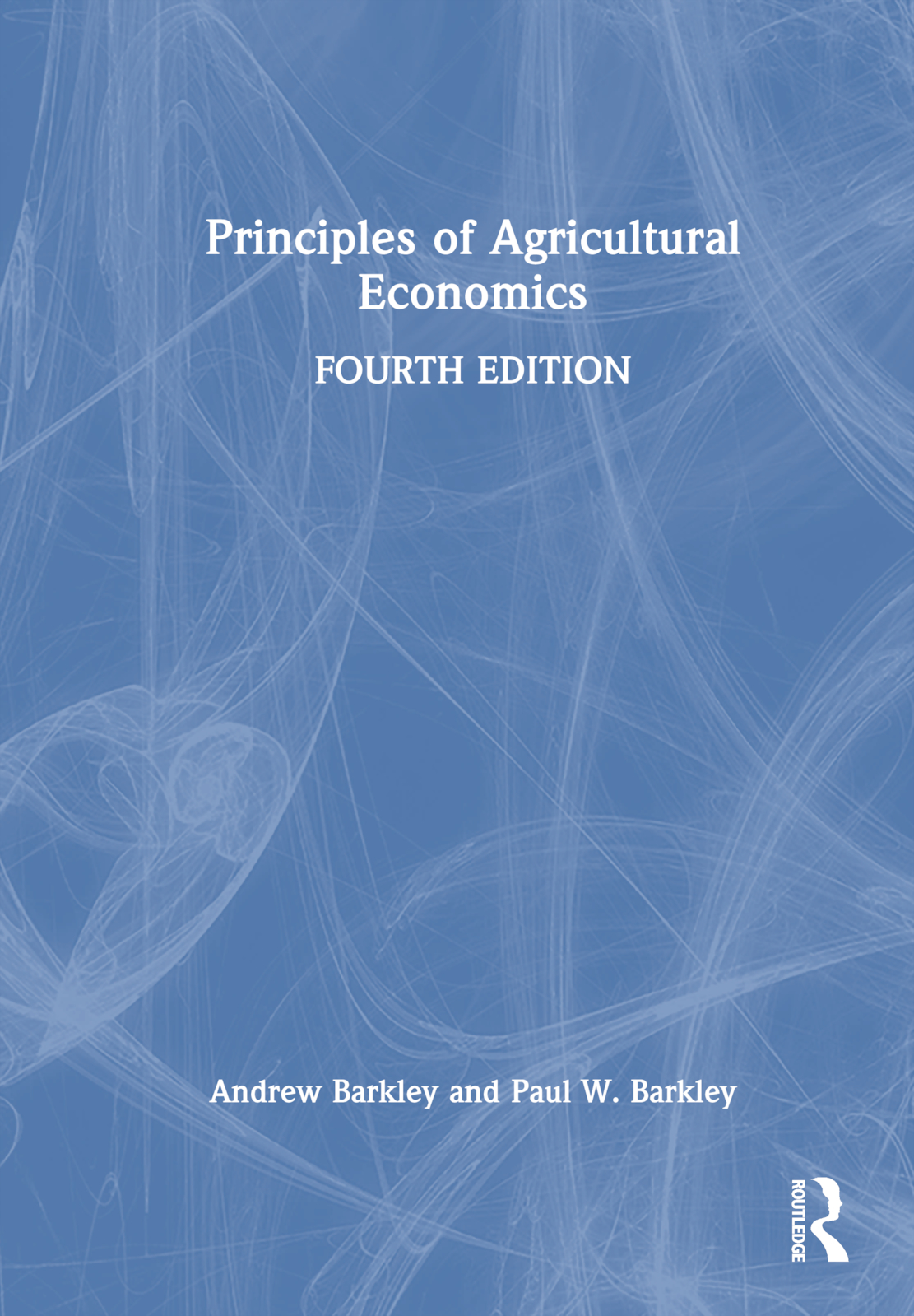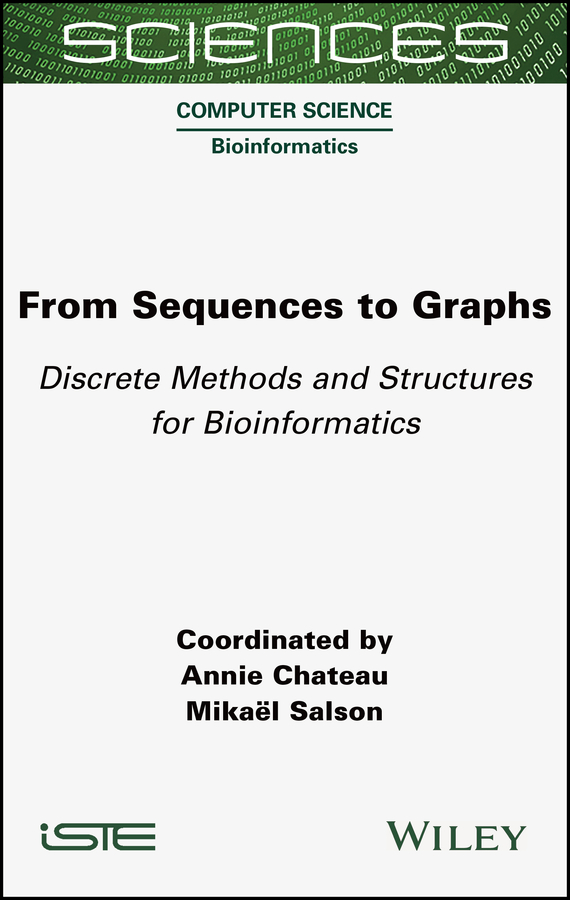
From Sequences to Graphs
从序列到图形:生物信息学的离散方法与结构
计算机科学技术基础学科售 价:
¥
1324.00
发货周期:国外库房发货,通常付款后3-5周到货!
作 者
出 版 社
出版时间
2022年10月14日
装 帧
精装
页 码
272
开 本
9.21 x 6.14 x 0.63
语 种
英文
综合评分
暂无评分
- 图书详情
- 目次
- 买家须知
- 书评(0)
- 权威书评(0)
图书简介
In order to study living organisms, scientists not only study them at an overall macroscopic scale but also on a more detailed microscopic scale. This observation, pushed to its limits, consists of investigating the very center of each cell, where we find the molecules that determine the way it functions: DNA (deoxyribonucleic acid) and RNA (ribonucleic acid). In an organism, DNA carries the genetic information, which is called the genome. It is represented as four-letter sequences using the letters A, C, G and T; based on these sequences, computer methods described in this book can answer fundamental questions in bioinformatics. This book explores how to quickly find sequences of a few hundred nucleotides within a genome that may be made up of several billion, how to compare those sequences and how to reconstruct the complete sequence of a genome. It also discusses the problems of identifying bacteria in a given environment and predicting the structure of RNA based on its sequence. This book explores how to quickly find sequences of a few hundred nucleotides within a genome that may be made up of several billion, how to compare those sequences and how to reconstruct the complete sequence of a genome. It also discusses the problems of identifying bacteria in a given environment and predicting the structure of RNA based on its sequence.In order to study living organisms, scientists not only study them at an overall macroscopic scale but also on a more detailed microscopic scale. This observation, pushed to its limits, consists of investigating the very center of each cell, where we find the molecules that determine the way it functions: DNA (deoxyribonucleic acid) and RNA (ribonucleic acid). In an organism, DNA carries the genetic information, which is called the genome. It is represented as four-letter sequences using the letters A, C, G and T; based on these sequences, computer methods described in this book can answer fundamental questions in bioinformatics. This book explores how to quickly find sequences of a few hundred nucleotides within a genome that may be made up of several billion, how to compare those sequences and how to reconstruct the complete sequence of a genome. It also discusses the problems of identifying bacteria in a given environment and predicting the structure of RNA based on its sequence.
本书暂无推荐
本书暂无推荐






